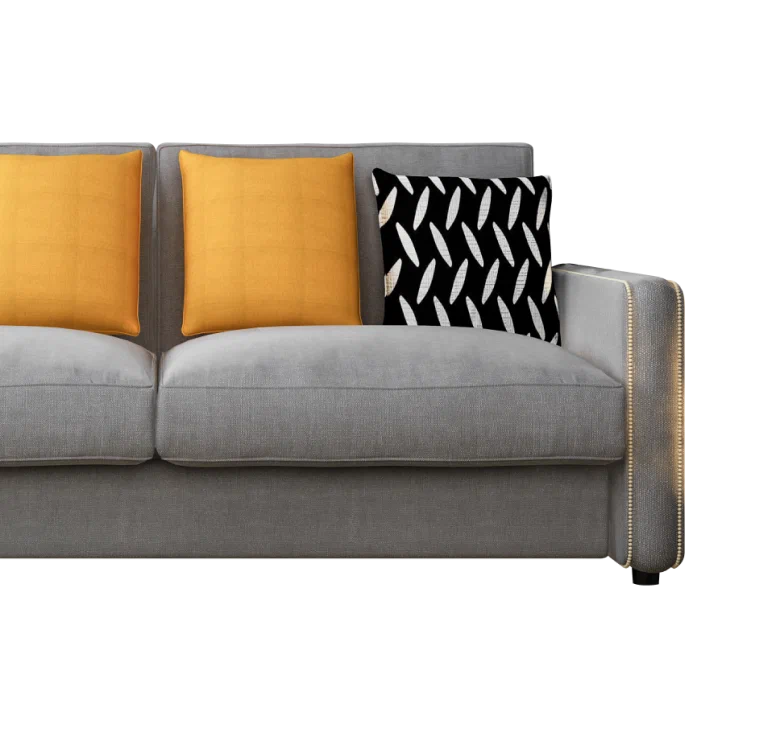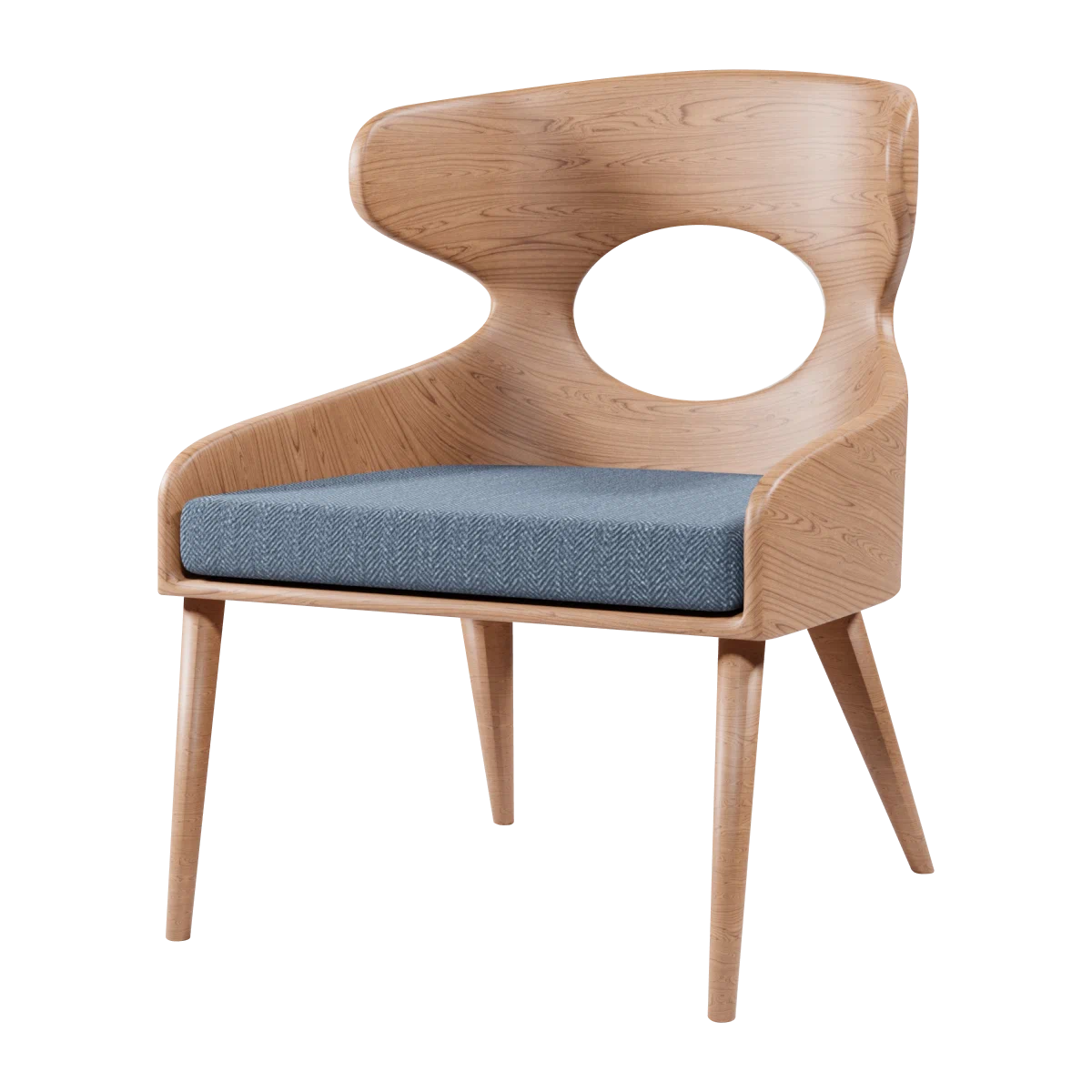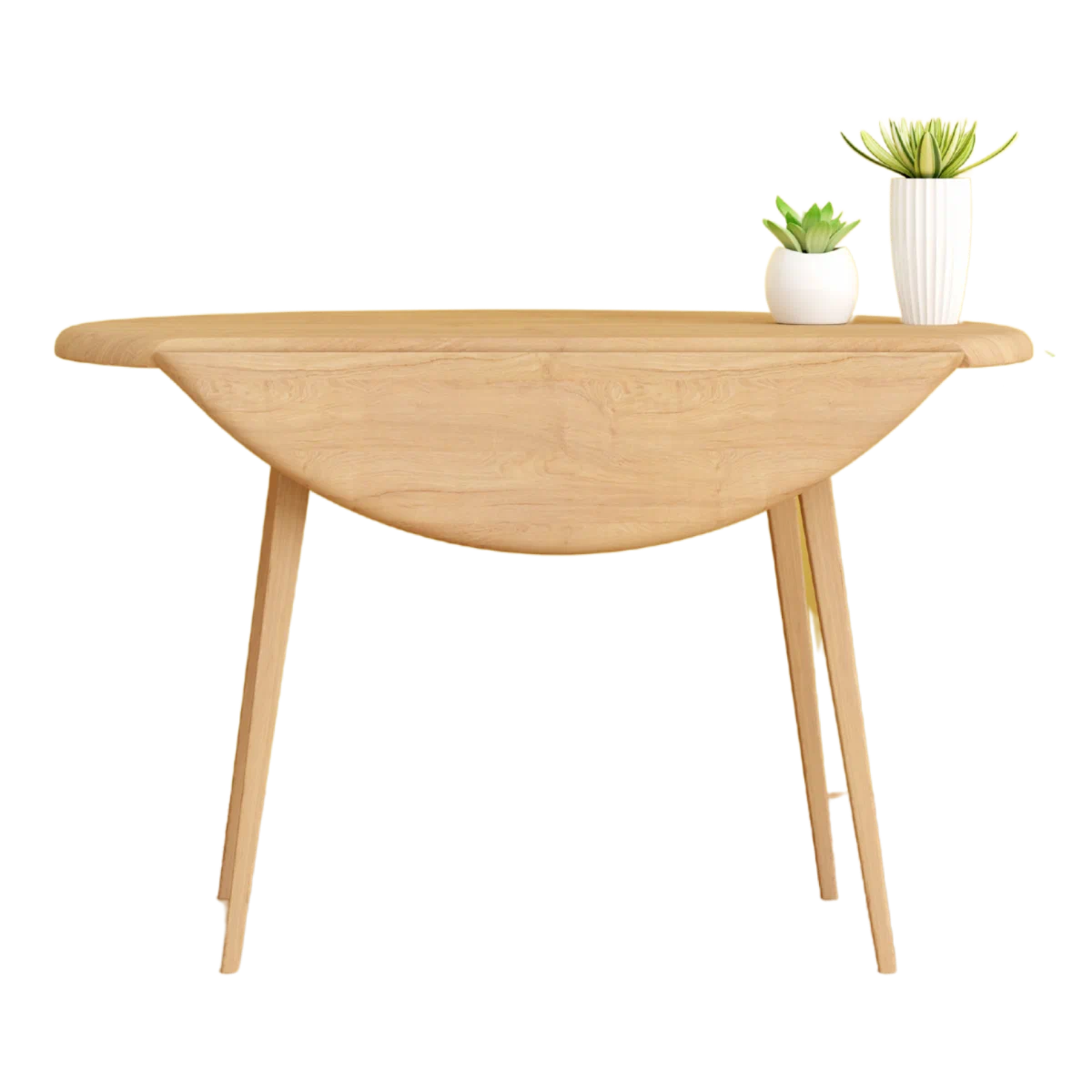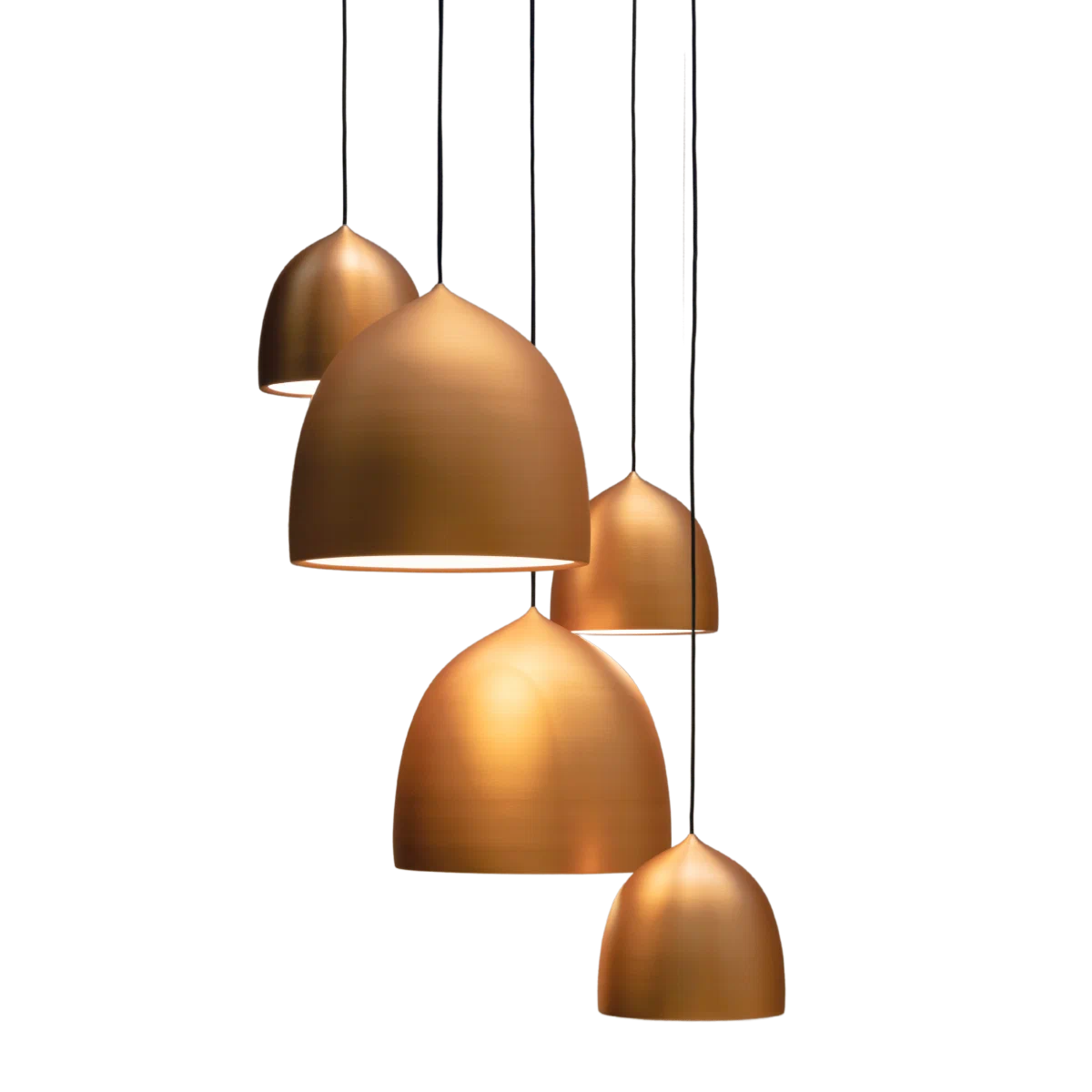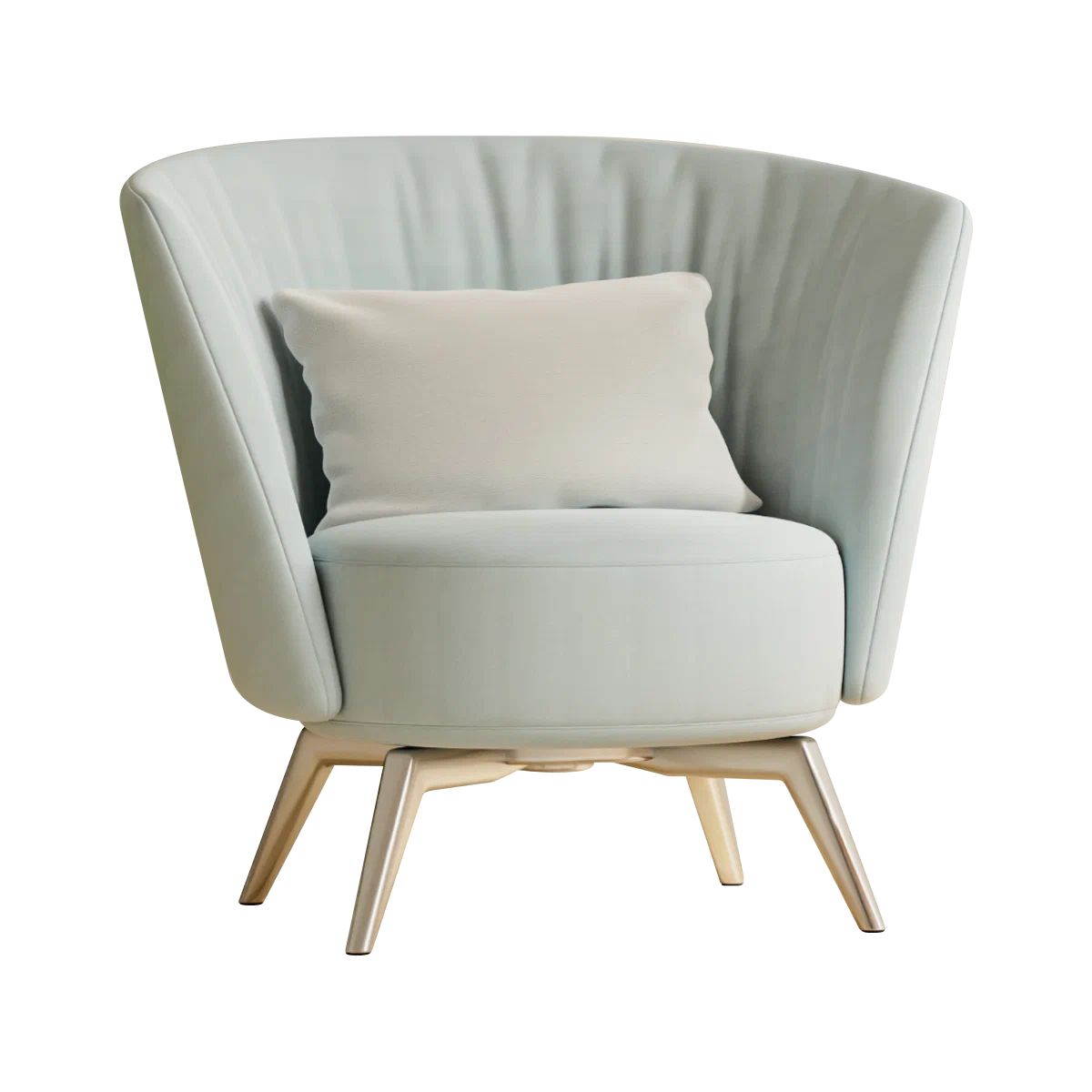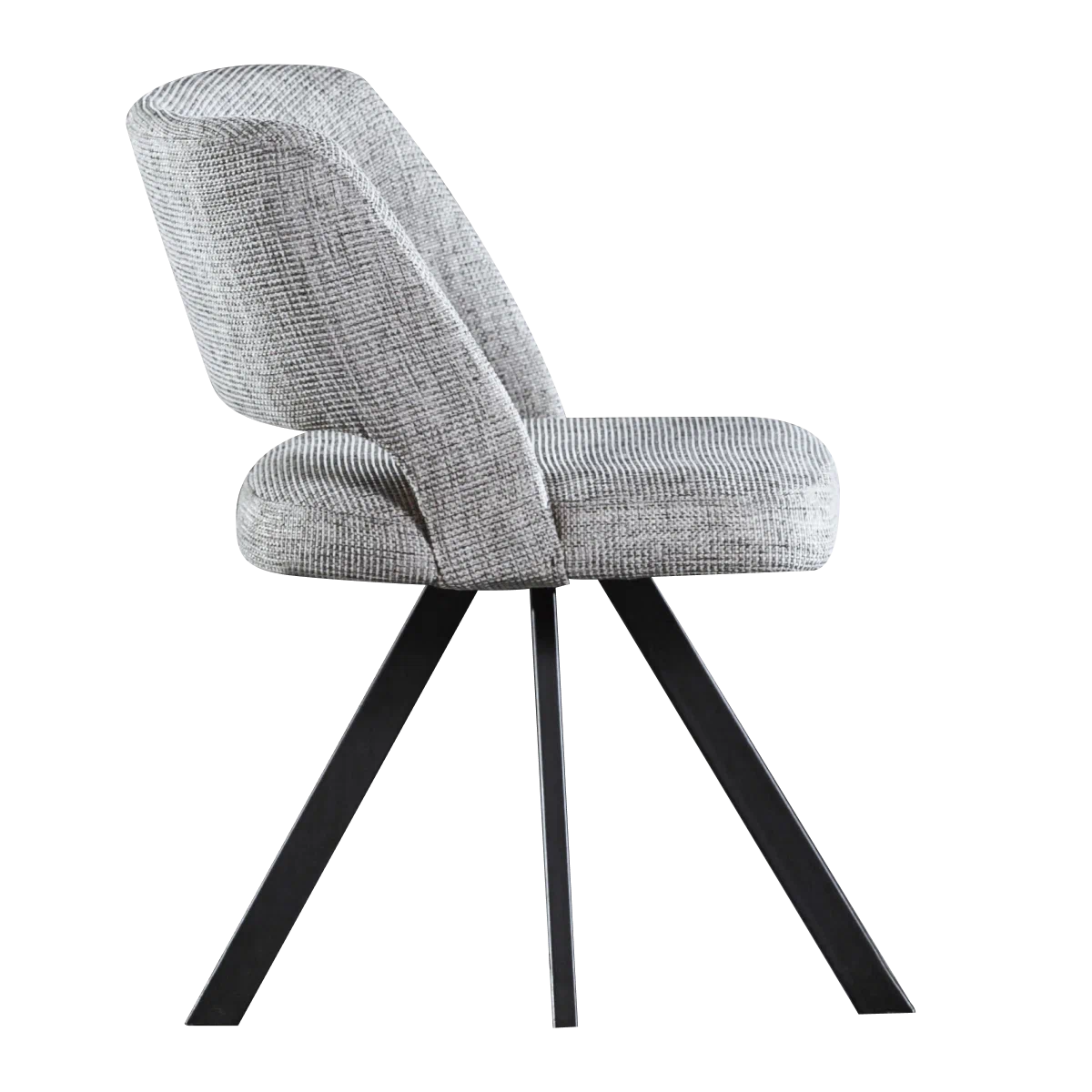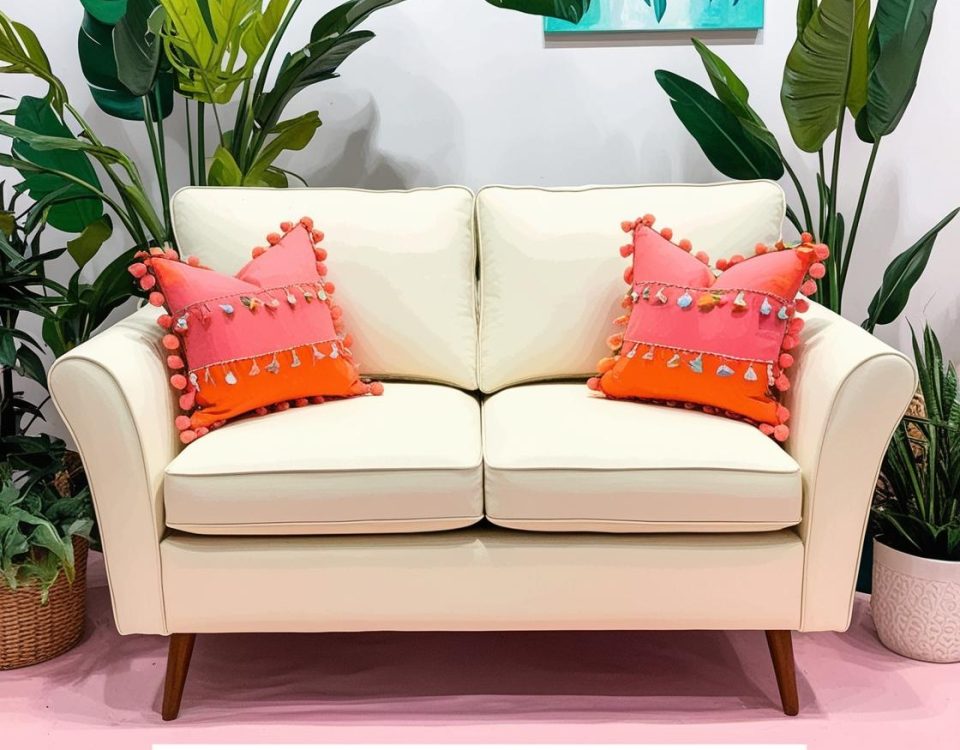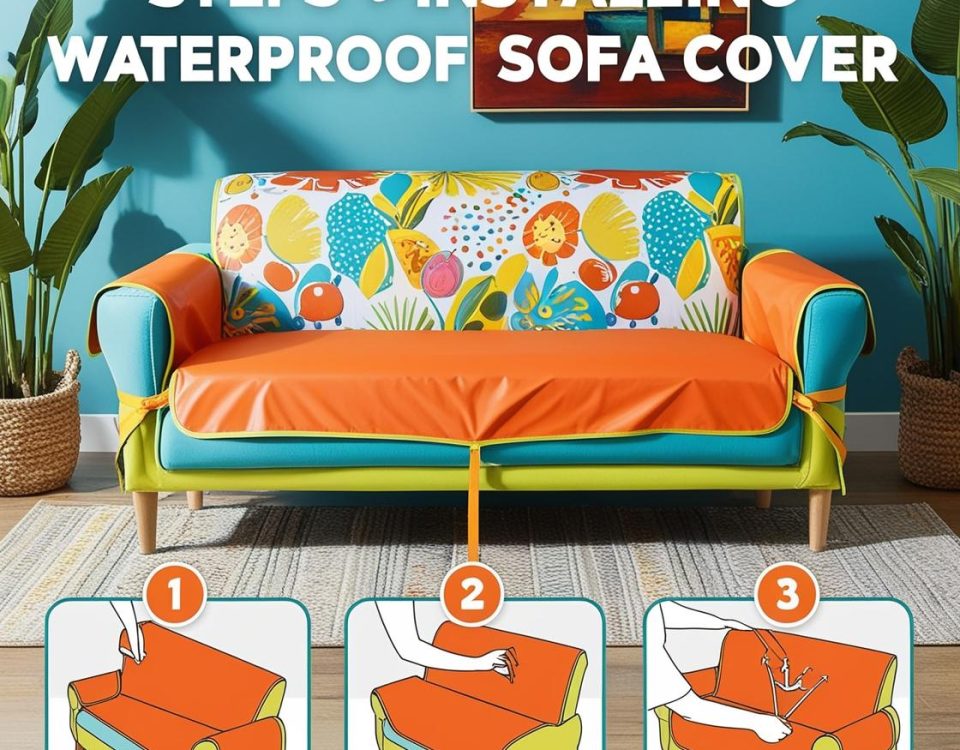
Sofa Or couche Everything You Need to Know Before You Buy
November 29, 2024
Score a Stylish Sofa: The Ultimate Guide to Couches Under $300
December 2, 2024Zoning Hacks and maximizing Small
Space ideas: Maximizing rooms and Style
Small living rooms can be a challenge to decorate, especially when you need the space to serve multiple purposes. Maybe you need a home office nook, a dining area, and a comfy spot to relax. But fear not, design enthusiast! With a little planning and creativity, you can transform your small living room into a multifunctional haven. The secret? Zoning!
Zoning hacks is a design technique that involves dividing a room into distinct areas, each with its own purpose and function. It's like creating "rooms within a room," maximizing your space and making it feel larger and more organized.
This guide will walk you through the process of creating zones in your small living room, offering practical tips and stylish solutions to make the most of every square inch.
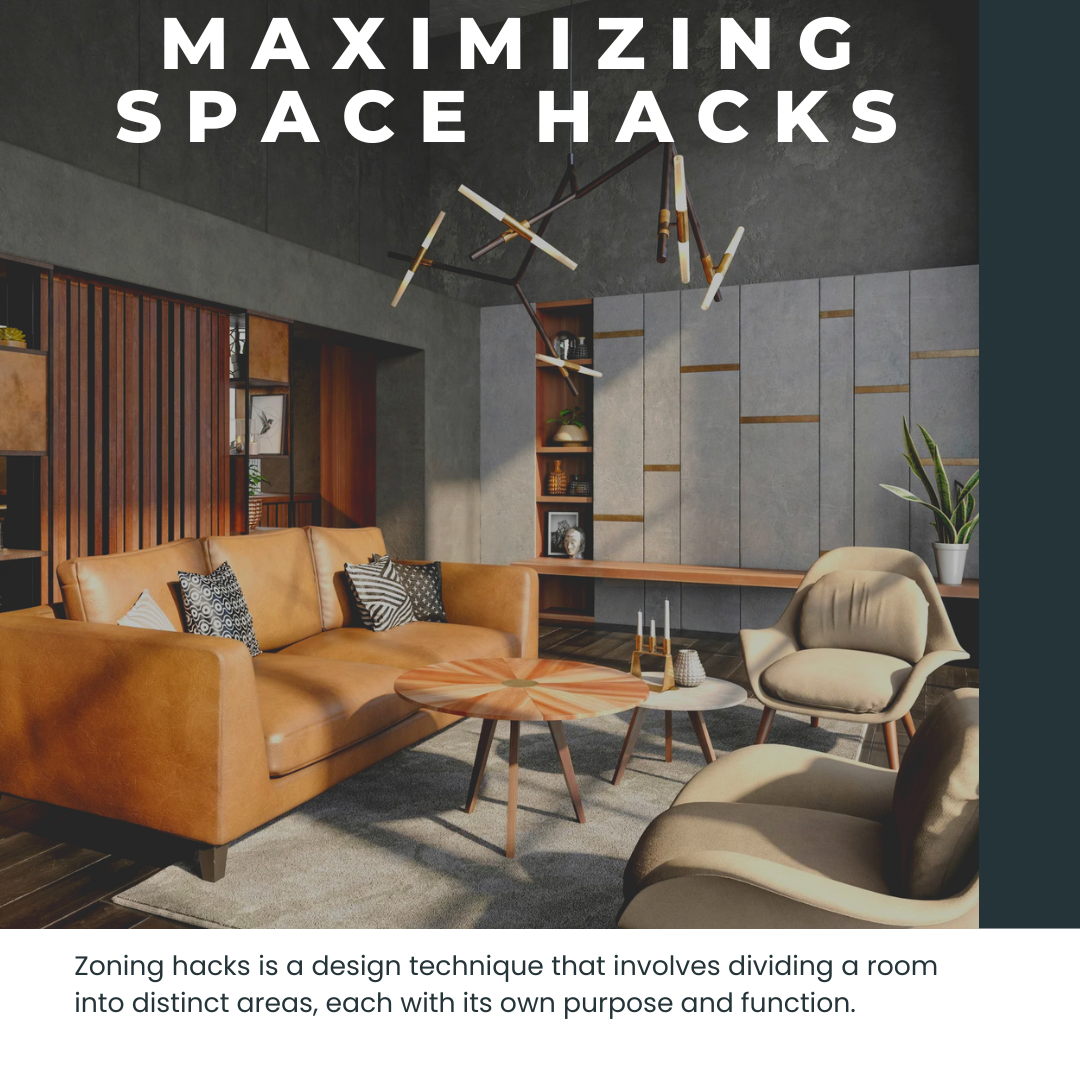
Understanding Your Needs and Space
Before you start rearranging furniture and building walls (figuratively, of course!), take some time to assess your needs and the limitations of your space.
- Identify Your Activities: How do you use your living room? Do you work from home, entertain guests, or enjoy hobbies like reading or crafting?
- Analyze Your Space: Measure your living room and note any architectural features like windows, doors, and built-in elements. Consider the natural light and traffic flow.
- Prioritize Your Zones: Which activities are most important to you? Allocate space accordingly, giving priority to the functions you use most often.
Zoning Techniques for Small Living Rooms
Now, let's explore some clever design strategies to create distinct zones in your small living room:

1. Define with Rugs:
- Rugs are a fantastic way to visually delineate different areas. Use a rug to anchor your seating area, another for your dining space, and perhaps a smaller one for a reading nook.
- Choose rugs that complement each other in terms of style and color, but with enough contrast to create visual separation.
2. Furniture as Dividers:
- Strategically placed furniture can act as natural dividers. A sofa can separate your living area from a home office space, or a bookshelf can create a cozy reading nook.
- Consider open shelving units to divide zones while maintaining a sense of openness and light flow.
3. Lighting Magic:
- Different lighting schemes can help define zones and create ambiance. Use a pendant light over your dining table, floor lamps in your reading corner, and ambient lighting for the overall living area.
- Consider dimmer switches to adjust the lighting based on the activity and mood.
4. Color Blocking:
Paint is a powerful tool for zoning. Use different colors or shades to visually separate areas. For example, a darker accent wall could define your workspace, while lighter tones create an airy feel in your relaxation zone.
5. Curtains and Room Dividers:
- For more privacy or separation, consider using curtains or folding screens as room dividers. These can be easily moved or adjusted as needed.
- Choose sheer curtains to maintain a sense of openness, or opt for heavier fabrics for more privacy.
6. Varying Heights:
- Play with different heights to create visual interest and define zones. A raised platform could define your dining area, or a lowered ceiling could create a cozy feel in your reading nook.
7. Multifunctional Furniture:
- Maximize space with furniture that serves multiple purposes. A sofa bed can accommodate guests, a storage ottoman can double as a coffee table, and a nesting table can be used for dining or working.
Design Considerations for Small Spaces
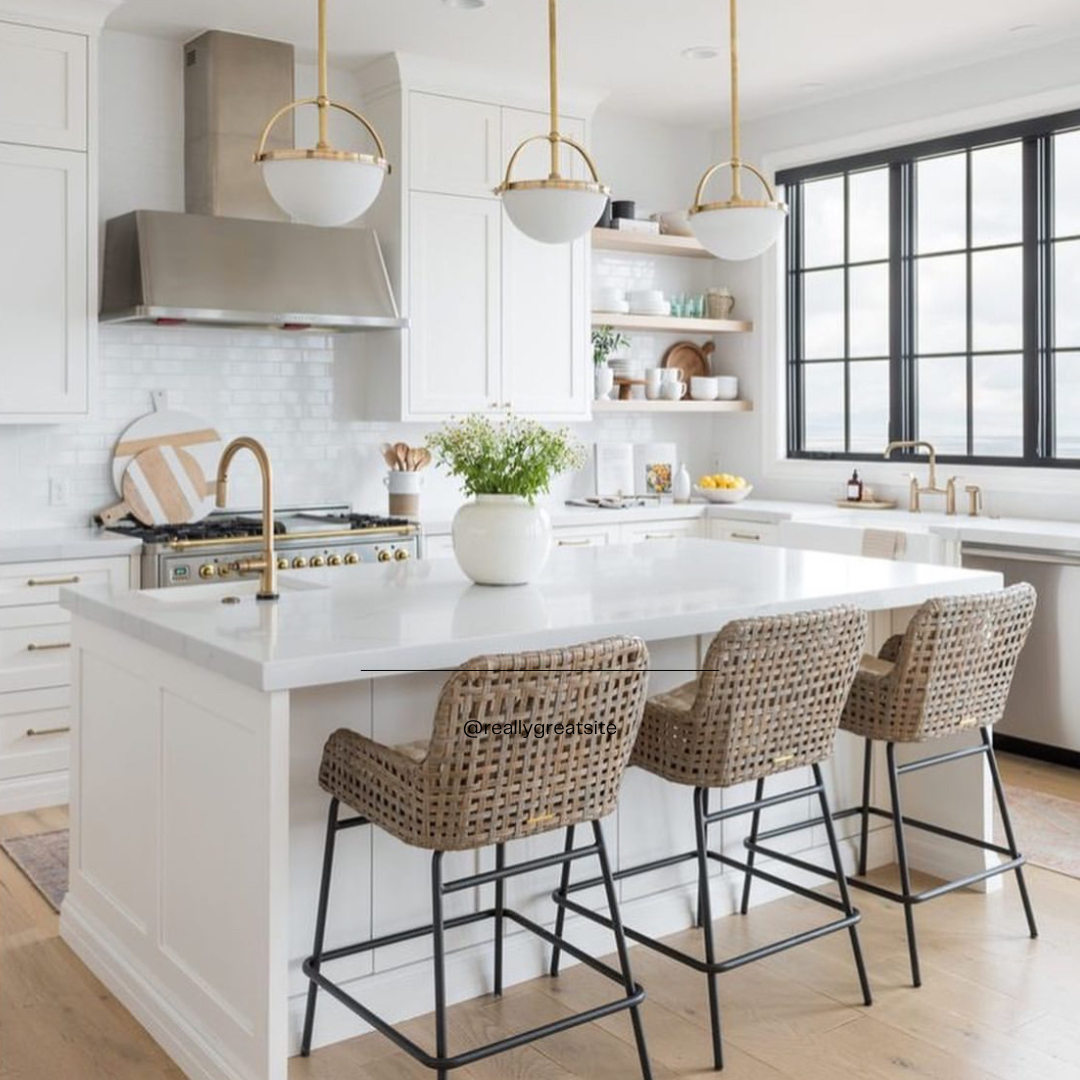
When zoning your small living room, keep these design principles in mind:
- Keep it Light and Airy: Opt for light colors, mirrors, and reflective surfaces to create an illusion of spaciousness.
- Maximize Vertical Space: Utilize wall-mounted shelves, vertical storage solutions, and tall furniture to draw the eye upward.
- Choose Furniture Wisely: Select furniture that is appropriately scaled for the room and serves multiple functions.
- Declutter Regularly: A clutter-free space feels larger and more organized. Incorporate smart storage solutions to keep things tidy.
- Maintain Flow: Ensure easy movement between zones and avoid creating obstacles or cramped pathways.
Examples of Zoning in Small Living Rooms
- Living Room + Home Office: Use a sofa or bookshelf to separate your work area from the main living space. A rug can define the office zone, and a desk lamp can provide task lighting.
- Living Room + Dining Area: A rug can anchor your dining table and chairs, while a pendant light creates a focal point. Use a different color or wallpaper on the wall behind the dining table to visually separate the space.
- Living Room + Reading Nook: Create a cozy reading corner with a comfortable armchair, a floor lamp, and a small side table. A bookshelf or a curtain can provide a sense of enclosure and privacy.
Conclusion
-
Zoning is a powerful design tool for maximizing space and functionality in small living rooms. By carefully considering your needs, utilizing clever design techniques, and choosing the right furniture, you can transform your small living room into a versatile and stylish space that meets all your needs.
-
Remember: Experiment with different layouts, be creative with your design choices, and most importantly, have fun creating a space that reflects your personal style and enhances your everyday life


